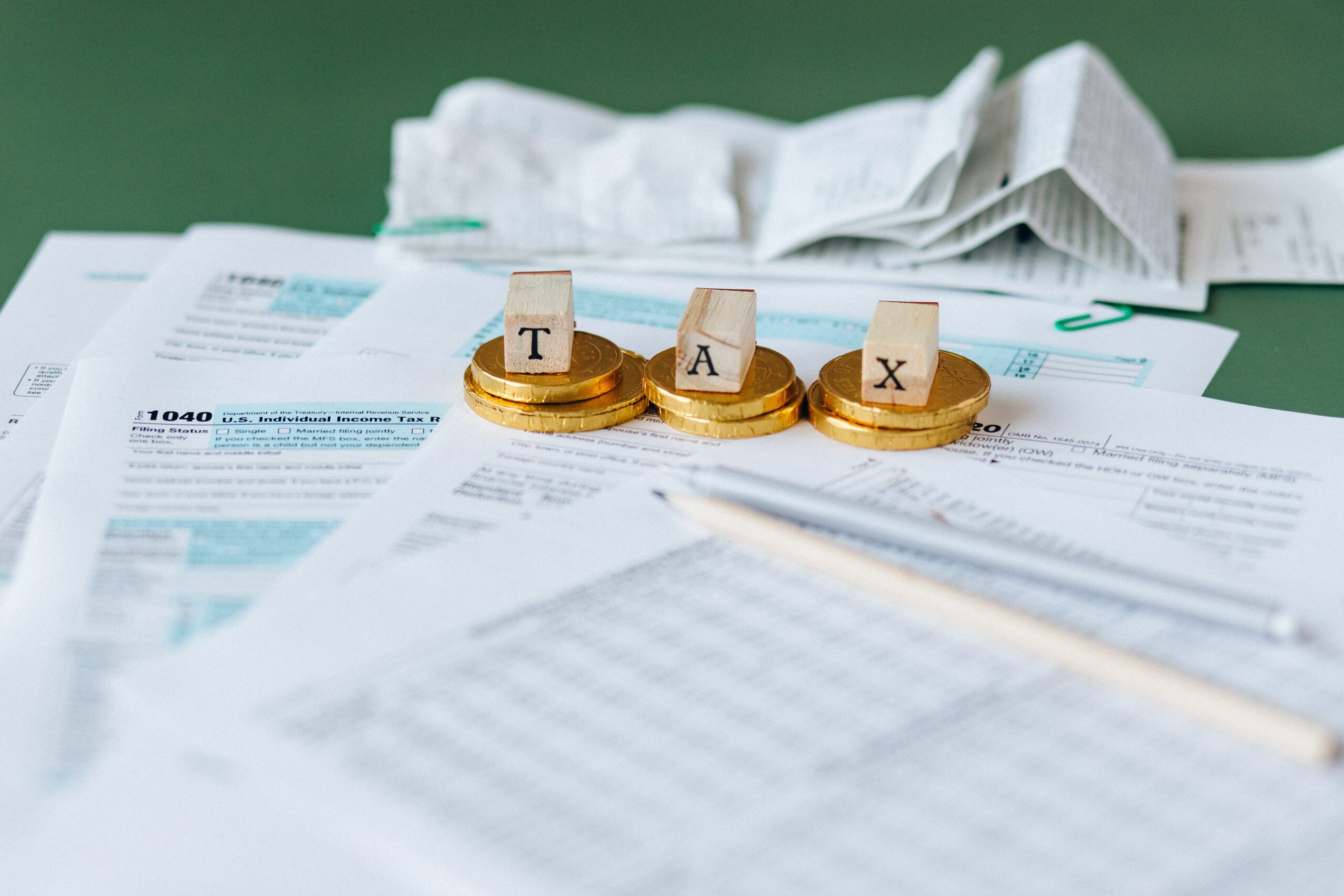
Cryptocurrency tax
Before you start investing in cryptocurrencies like Ripple, Ethereum, Bitcoin or the like, it’s okay…

The deadline for submitting the tax return is fast approaching. Every year it drops to 2. May. However, some need a little longer time, and then it is possible to apply to the Tax Administration to extend the deadline.
In an otherwise stressful everyday life, there is a lot that can go wrong if it goes a little too fast in the turns. The completion of the tax return is just one example of this. Therefore, it is important to keep your tongue straight in your mouth, and remember everything you have done during the tax year.
“How to fill out the crypto tax” is not an article that applies to absolutely everyone, but that does not mean you do not need to read it. In fact, it can be useful reading for many – in case you end up in a situation where this information comes in handy. Maybe you know someone who is actively investing in cryptocurrency?
In this article, we will take a closer look at how to fill out your crypto tax. Among other things, we go through current theory, at the same time as we come up with a practical example.
Cryptocurrency is a really hot topic these days. The tax authorities have at least increased focus on this during the day. Maybe because they know that there are many who do not know how to fill out crypto tax or someone who even deliberately refrains from doing so?
However, if you are a little unsure if this applies to you, then we just want to emphasize that you do not get backlash from having listed too much. On the contrary! This is what the Tax Administration says about cryptocurrency:
“Wealth and any gain or loss on cryptocurrency must be stated in the tax return.”
When you fill out your crypto tax, you must first and foremost log in to the Tax Administration’s website through your preferred login method. The tax authorities allow you to choose between four electronic IDs, and they are either MinID, BankID, BuyPass ID or Commfides.
After you have logged in to the Tax Administration, you must find your tax return so that you can open it. It should be quite simple, as “See, change or submit the tax return (tax return)” is one of the first things that appears on the website when you log in these days.
You can always start by making sure that everything else on the tax return looks good. But it is important not to forget the crypto tax. You are added to the tax return by adding one of these three items:
Adding one of these items will cause a form called RF-1159 – Gains, Losses, Dividends and Assets on Shares and other financial products to appear on the screen. You fill out this form as follows:
When the tax return / tax return is to be filled in, there is generally a lot you have to decide on. But if you have also invested in cryptocurrency, then there is even more you have to take care of.
The general tax rules can often appear both complicated and difficult to understand, so the tax rules for cryptocurrency are no exception. Therefore, we will try to put these tax rules in a specific context so that it will hopefully be a little easier.
When you are going to calculate the value of the wealth and any debt you have received as a result of investing in cryptocurrency, you should start with the exchange rate per 1. January of the year following the income year. That is, you use the course per 1. January 2022 in the calculation for 2021.
The calculation will of course vary based on how much cryptocurrency you have invested in, but in this example we make it very simple. Let’s say you bought 10 bitcoins, and the price per bitcoin was 250,000 kroner and the entry price was 200,000 kroner. Then this information should be included in your tax return:
The sale price of 10 bitcoins of NOK 250,000 will be NOK 2,500,000
– entry price of 10 bitcoins of NOK 200,000 will be NOK 2,000,000
Winnings: NOK 500,000
But what happens if you do not fill in the crypto tax correctly?
In connection with the taxation of cryptocurrency, it is important to emphasize that there are two different things to submit a tax return that contains some small errors (which must be corrected) and to submit a tax return that does not mention investing in cryptocurrency at all.
If you have invested in cryptocurrency and deliberately do not mention it in the tax return, then it will have major consequences for you. Not only do you end up with residual tax if you want to be discovered, but you can also risk being reported to the police . And there are very few who want to.
If you are not sure how to fill out the crypto tax, we would recommend that you find out instead of giving up and hoping for the best.